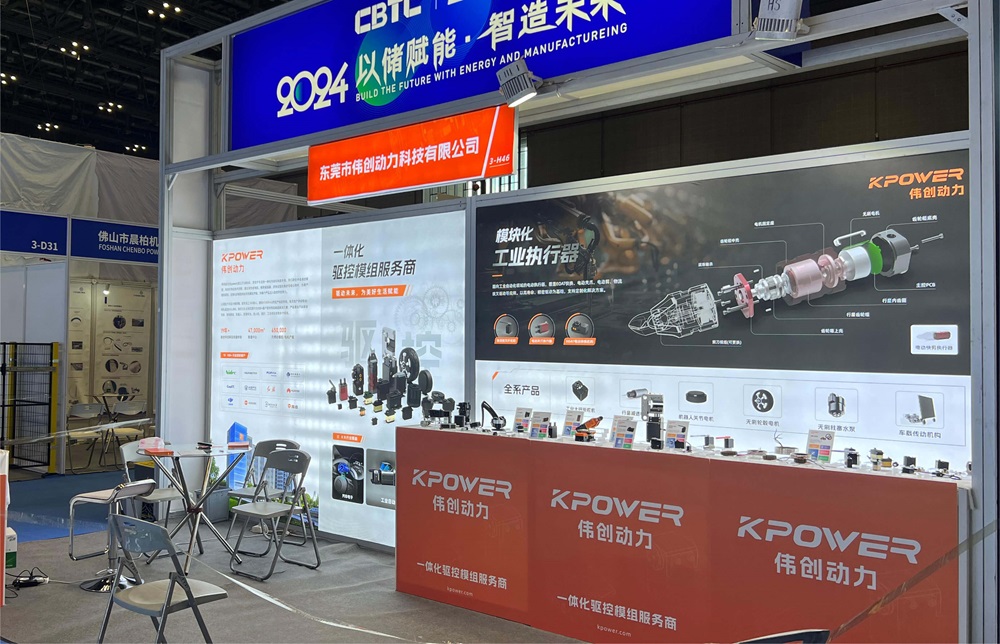Unveiling the Power of What Are Gear Motors: A Journey into Precision and Efficiency (Part 1)
In the realm of mechanical engineering and industrial automation, the humble gear motor often remains in the shadows, overshadowed by flashier components like high-speed turbines or sleek electric motors. Yet, nestled at the intersection of power and precision, gear motors are the unsung heroes that keep our factories humming, our vehicles moving, and our everyday appliances running smoothly.

What exactly are gear motors?
At their core, gear motors are integrated units that combine an electric motor with a gear reduction system. Their primary purpose is to convert high-speed, low-torque electrical energy into low-speed, high-torque mechanical power. This transformation is essential for applications that require controlled rotation and force, such as conveyor belts, robotic arms, and automotive steering systems.
Imagine a standard electric motor: it spins rapidly, perhaps thousands of revolutions per minute (RPM), but its starting torque is often insufficient for direct work. By attaching a gear system, the motor’s rapid rotation is slowed down, while its torque is amplified, making it capable of performing substantial work.
The anatomy of a gear motor
A typical gear motor comprises two main parts:
The Electric Motor: Usually an AC or DC motor, depending on the application. The motor's design can vary from brushed to brushless, axial flux to radial flux, each with unique characteristics suited for different tasks.
The Gearbox: A set of gears—spur, helical, bevel, worm, or planetary—that reduce the motor’s output speed and increase torque. The selection of gears depends on the required reduction ratio, space constraints, efficiency, and duty cycle.
Together, these components form a compact unit that can be easily integrated into machinery and equipment, saving space, reducing installation complexity, and enhancing reliability.
Types of gear motors
Gear motors are classified primarily based on the type of gear mechanism used and their power source. Here’s a quick overview:
Worm Gear Motors: These employ a worm screw that meshes with a worm wheel. They provide high reduction ratios in a compact form and are particularly good for applications requiring self-locking. They are often used in lifts, conveyors, and gate openers.
Spur Gear Motors: Featuring straight-cut gears, spur gear motors are simple, efficient, and suitable for moderate torque applications. They are commonly used in robotics and industrial machinery.
Helical Gear Motors: They use helical gears that operate more smoothly and quietly than spur gears. These are ideal for high-speed and high-precision applications, such as CNC machinery.
Planetary Gear Motors: Incorporating multiple gears that revolve around a central sun gear, planetary gear motors deliver high torque in a compact size. Their design is often found in electric vehicles and aerospace applications.
Material considerations and efficiency
Material selection plays a vital role in gear motor performance. Gears are often made of steel, brass, or composite plastics, each offering trade-offs in strength, weight, noise, and corrosion resistance. Modern gear motors aim for high efficiency—minimizing energy losses through optimized gear design, advanced lubricants, and precision manufacturing.
Efficiency isn't just about conserving power; it influences heat generation, wear rate, and operational lifespan. High-quality gear motors tend to have efficiencies above 70-90%, making them suitable for continuous operation in demanding environments.
Applications of gear motors
From the humblest household appliance to complex industrial systems, gear motors are pervasive:
Manufacturing Equipment: Assembly lines depend on gear motors to provide precise movement and positioning.
Robotics: Intelligent robotic arms rely on gear motors for accurate, high-torque movements.
Automotive Industry: Electric power steering, convertible roofs, and seat adjustments incorporate gear motors for smooth operation.
Medical Devices: Dental drills, surgical robots, and imaging equipment utilize specialised gear motors for precision tasks.
Consumer Electronics: Automated door openers and home automation systems benefit from the compact, efficient power that gear motors provide.
Advantages of using gear motors
Their popularity stems from several benefits:
Torque Amplification: Gear reduction makes it possible to generate large torque outputs from relatively small motors, enabling powerful actions in confined spaces.
Speed Control: The gear ratio allows adjustable rotation speeds tailored to specific needs.
Compact Design: Integrating gear systems with motors reduces the space required, which is crucial for modern, miniaturized applications.
Enhanced Control: Gear motors often facilitate better controllability and positioning accuracy, especially with suitable sensors and controllers.
Reliability and Durability: Properly manufactured gear motors are designed for harsh environments, offering long service life with minimal maintenance.
Choosing the right gear motor
Selecting an appropriate gear motor involves considering several parameters:
Load Requirements: The torque needed and the speed at which the load must operate.
Duty Cycle: How frequently the motor will run and under what conditions.
Environment: Exposure to dust, moisture, temperature fluctuations, and corrosive agents.
Size Constraints: Space limitations could dictate the gear motor dimensions and gear types.
Power Supply Compatibility: Ensuring the motor can operate on available electrical sources.
Closing thoughts on part 1
Understanding what gear motors are is just the beginning. Their versatile design and robust functionality have made them indispensable in numerous technological advancements. Whether you’re an engineer designing a high-precision robotic arm or a hobbyist building your own drone, gear motors offer that perfect blend of power, precision, and compactness. Their ability to efficiently transmit energy and modify mechanical parameters makes them true workhorses within many mechanical systems.
In the next part, we’ll delve deeper into how gear ratios influence gear motor performance, explore the latest innovations, and consider the future trends shaping this vital component of modern machinery. Stay tuned to uncover how these tiny but mighty units are revolutionizing industries around us.
Leveraging innovations in modular drive technology, Kpower integrates high-performance motors, precision reducers, and multi-protocol control systems to provide efficient and customized smart drive system solutions.




































